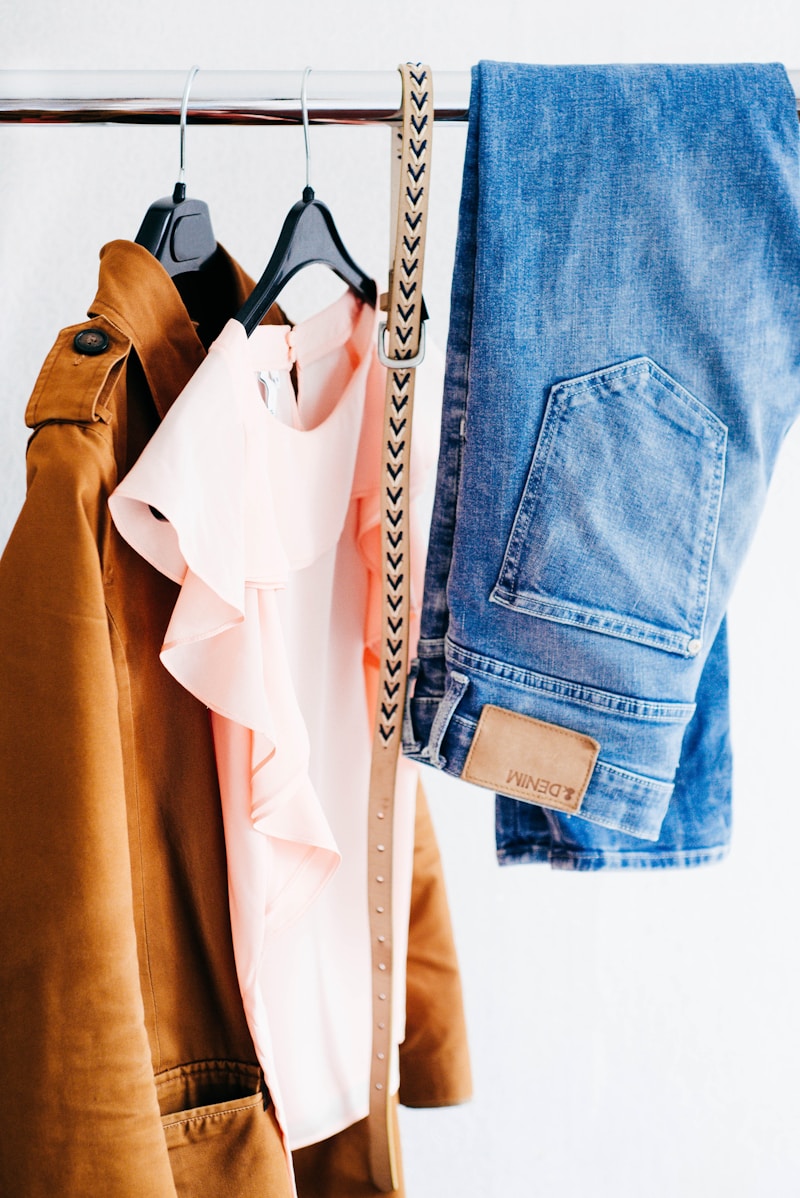Sustainability in Dress Choices: Making Conscious Fashion Decisions
Understanding Sustainability in Dress Choices
As consumers become increasingly aware of the environmental impacts of their purchasing decisions, the concept of sustainability in dress choices is gaining traction. It involves selecting clothing that minimizes negative effects on the planet while promoting ethical manufacturing practices. But what does sustainability in dress choices entail, and how can you incorporate it into your wardrobe? Let’s delve into this vital topic.
What is Sustainable Fashion?
Sustainable fashion refers to clothing, accessories, and footwear that are produced, marketed, and consumed ethically and sustainably. This includes using eco-friendly materials, ensuring fair labor practices, and emphasizing longevity and quality. As you explore sustainable dress options, consider the following components:
- Eco-friendly Materials: Look for organic cotton, linen, hemp, and recycled fabrics.
- Ethical Production: Support brands that ensure fair wages and safe working conditions.
- Timelessness: Choose versatile pieces that won't go out of style quickly.
- Second-hand Shopping: Thrift stores and online resellers offer sustainable alternatives.
The Importance of Sustainability in Dress Choices
Why should consumers prioritize sustainability in their dress choices? The fashion industry is one of the world’s most polluting sectors, contributing significantly to water pollution, greenhouse gas emissions, and waste production. According to a 2019 report by the United Nations, the fashion industry is responsible for about 8-10% of global carbon emissions. By opting for sustainable dress choices, consumers can make a positive impact on the environment.
Key Environmental Benefits
| Benefit | Description |
| Reduces Waste | Choosing durable clothing decreases the amount of textile waste in landfills. |
| Conserves Resources | Sustainable practices utilize fewer natural resources, such as water and raw materials. |
| Lowers Carbon Footprint | Eco-friendly production methods generate fewer carbon emissions. |
| Supports Local Economies | Ethical brands often prioritize local production, benefiting nearby communities. |
How to Incorporate Sustainability in Dress Choices
Transitioning to a more sustainable wardrobe doesn’t have to be overwhelming. Here are practical steps you can incorporate into your lifestyle:
1. Educate Yourself
Understanding the materials and manufacturing processes involved in the fashion industry helps you make better choices. Research sustainable brands and their practices. Look for certification labels like Global Organic Textile Standard (GOTS) and Fair Trade.
2. Shop Mindfully
Before buying a new piece of clothing, ask yourself if you truly need it. Consider the quality and durability of the item. Will it last through multiple seasons, or is it just a trend? Making conscious decisions can help reduce impulse purchases.
3. Embrace Minimalism
A minimalistic wardrobe can be incredibly freeing. Focus on a capsule collection of versatile pieces that easily mix and match. This approach not only simplifies your life but also encourages sustainable practices by reducing consumption.
4. Upcycle and Recycle
Instead of discarding old clothes, consider upcycling them into new items or donating them. Many organizations accept clothing donations, which can be reused by others. Recycling clothing can prevent some of the waste from ending up in landfills.
5. Support Sustainable Brands
Choose to buy from brands that prioritize sustainability in their operations. This not only supports their business model but also encourages the wider industry to adopt more eco-friendly practices.
Common Misconceptions about Sustainable Fashion
There are several myths surrounding sustainability in dress choices. Let’s clarify a few of them:
Myth 1: Sustainable Clothing is Always Expensive
While some sustainable brands may have a higher upfront cost, investing in quality often pays off in the long run. Additionally, second-hand shopping can provide budget-friendly options without compromising sustainability.
Myth 2: Sustainable Fashion is Not Stylish
The idea that sustainable fashion lacks style is an outdated notion. Many eco-friendly brands offer trendy and fashionable options, proving that sustainability doesn’t mean sacrificing aesthetic appeal.
Myth 3: One Person’s Choices Don’t Matter
Individual choices contribute to the larger movement towards sustainability. Every purchase can drive demand for more responsible production practices, fostering a more ethical fashion industry.

Conclusion: Embrace Sustainability in Your Dress Choices
Sustainability in dress choices is not just a trend; it’s a necessary shift towards a more responsible and ethical approach to fashion. By educating yourself, shopping mindfully, and supporting sustainable brands, you can contribute to a healthier planet while looking stylish.
Remember, small changes in your shopping habits can lead to a significant collective impact. Embrace sustainable fashion as a personal choice and a step towards a more environmentally friendly future. As you make conscious decisions about your wardrobe, keep in mind the benefits of reducing waste, conserving resources, and supporting ethical practices. Together, we can all contribute to a more sustainable and fashionable world.
In summary, adopting sustainable dress choices impacts not only your wardrobe but also the planet, community, and future generations. So next time you're about to make a fashion purchase, think sustainably!